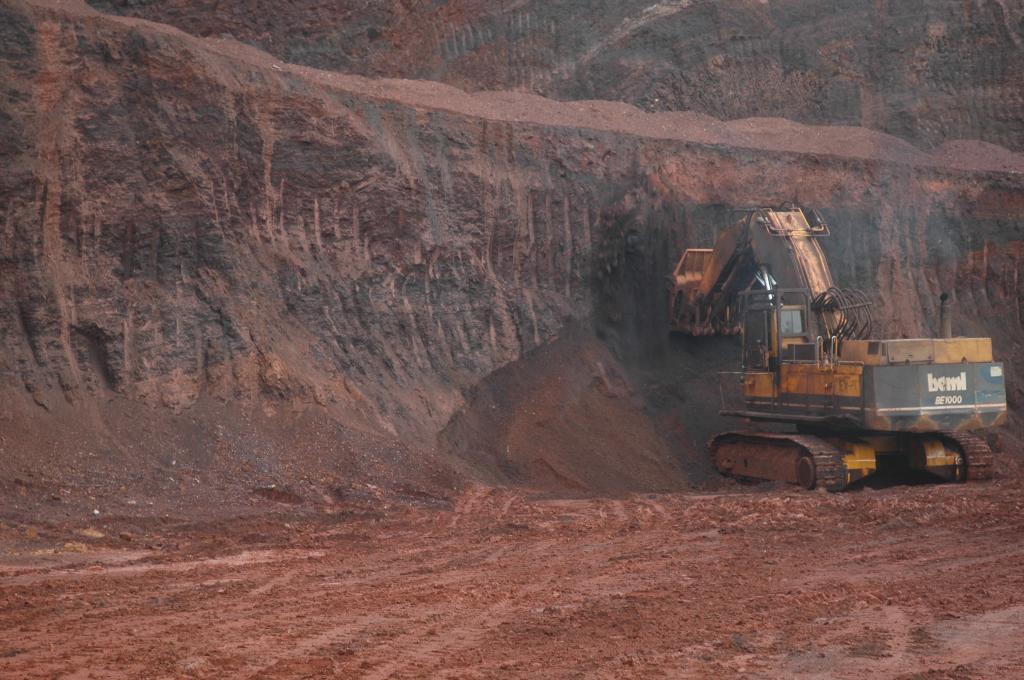

Funds worth Rs 891.67 crore sanctioned without identifying areas and people affected by mining; 1,436 works taken up from 2016 to 2019 remained incomplete



There was a delay of 17-50 months in identifying areas and people affected by mining in Chhattisgarh, an audit by the Comptroller and Auditor General (CAG) found. The mining department’s District Mineral Foundation Trust (DMFT) also sanctioned the works valuing at Rs 891.67 crore, without identifying the directly and indirectly affected areas, the report tabled in the Assembly July 21 further said.
DMFT was setup by the Chhattisgarh government in 2015 as a nonprofit in all districts of Chhattisgarh to work for the interest and benefit of people and areas affected by mining operations.
The CAG report found several irregularities in the working of the trust, including the delays in projects and underutilisation of funds. The delay was calculated from the time the DMFT was first established in 2015 to March 2021.
Most importantly, the audit observed that DMFTs sanctioned the works valuing at Rs 891.67 crore, without identifying the directly and indirectly affected areas.
Directly affected areas are locations where mining, blasting, excavation and waste disposal take place during mining operations. Indirectly affected areas by mining-related activities are where the local population suffers from economic, social and environmental repercussions.
Under Rule 6 of DMFT regulations, the department is required to prepare and maintain an updated list of directly and indirectly affected areas by mining operations. They are also required to keep an updated list of mining-affected people and local communities.
By not fulfilling these objectives, the transfer of benefits to the intended beneficiaries was delayed, the report found.

Source: CAG report
The state government had already declared 22 districts as mining-affected districts in January 2016, the audit said. However, the respective DMFTs took up the work within the districts from July 2017 to April 2020.
“Further, the DMFTs had not prepared and maintained the updated list of the affected persons/ communities in the test-checked districts till the date of audit (March 2021), even after a lapse of 62 months from the date the DMFTs came into operation,” the CAG said.
In April 2022, the Chhattisgarh government stated the work of identifying affected people and local communities was not pending at the level of the state government and was to be completed by the respective district collectors.
The reply further stated that this was an ongoing process. The areas that remained unidentified would be identified in the next financial year.
The reply was not acceptable, the audit said, as the process within the districts is still pending and the list of affected persons was not prepared.
Read more: CAG report finds promotion irregularities at ICMR institute
“The government should ensure the identification of mining-affected people / communities and preparation of their list in a time-bound manner,” the report added.
Under the Pradhan Mantri Khanij Kshetra Kalyan Yojana launched by the Union Ministry of Mines in 2015, high-priority sectors can avail 60 per cent of DMFT funds.
The high-priority areas include drinking water supply, healthcare, education, sanitation, skill development, environment preservation, pollution control measures, the welfare of women and children and the welfare of elderly and disabled people.
The other 40 per cent of the DMF funds are to be utilised for other priority sectors, including physical infrastructure, irrigation, energy, watershed development and other required environmental measures.
In nine Chhattisgarh districts (Durg, Mungeli, Kawardha, Raipur, Balodabazar, Bilaspur, Janjgir-Champa, Kanker and Ambikapur), 1,436 works taken up from 2016 to 2019 remained incomplete. Non-completion of the works resulted in the blocking of funds worth Rs 219.31 crore for two to four years.

Source: CAG report
Read more: CAG audit points out loss of mining revenue in Odisha
“The works were pending for completion mainly due to laxity on the part of respective implementing agencies viz delay in the start of work, change in drawing and design, revision in estimates, waiting for the release of funds and tardy progress in the work, etc,” the audit said.
The state government stated (April 2022) that the works were delayed due to various reasons, such as site selection, change in design, delay in the selection of agencies and contractors, delay in execution of works by the contractors, COVID-19 pandemic, etc, the CAG report stated.
The responsibility of monitoring the works lies with the District Management Committee, the government had added.
The audit found this reply unacceptable as well. “The reply is not acceptable as the sanctioned works remained incomplete even after a lapse of two to four years due to a lack of proper monitoring by the DMFTs,” it said.
We are a voice to you; you have been a support to us. Together we build journalism that is independent, credible and fearless. You can further help us by making a donation. This will mean a lot for our ability to bring you news, perspectives and analysis from the ground so that we can make change together.

Comments are moderated and will be published only after the site moderator’s approval. Please use a genuine email ID and provide your name. Selected comments may also be used in the ‘Letters’ section of the Down To Earth print edition.